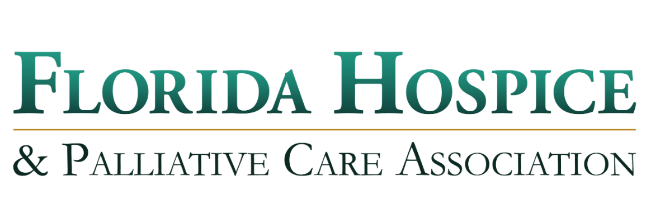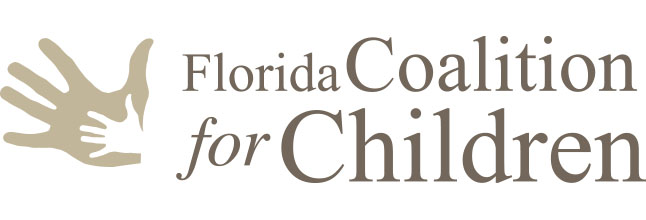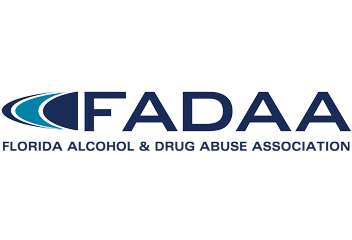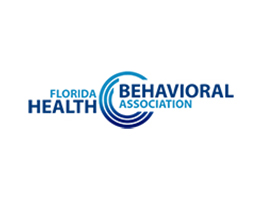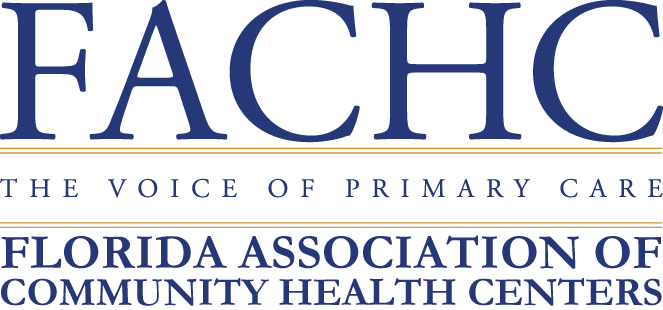For independent and nonprofit media, news that Facebook overhauled its News Feed to focus on what friends and family share is clarifying. I don’t mean that it’s good. In fact, it’s likely to diminish the reach of important news. A company that could be a global force for good in quality news and the civic engagement around is instead backing away from that opportunity or responsibility, however you look at it.
But there are benefits to clarity for publishers, and for nonprofit news publishers in particular. This change clarifies that Facebook isn’t a synonym for news engagement. It clarifies that news managers should view Facebook much as advertisers do, as a paid marketing tool, not a pool of organic reach and distribution.
You can read an ocean about the change and that’s likely to continue. Four I found particularly useful are a variety of postings on Digiday, Josh Benton’s Nieman Lab piece Frederic Filloux’s Monday Note and Tory Starr’s WGBH post. What I wouldn’t expect is a to-do list from Facebook. The Facebook Journalism Project has wonderful, helpful people, but the ground is moving for them, too, and there isn’t a simple prescription to follow.
So what to make of it in the here and now?
Based on what we know, here are a few practical ways we as nonprofit news organizations can think about and act on this.
Keep building our own community. Directly. The quality of your audience is a strength for so many nonprofit and indie news organizations, thanks to email newsletters, events, a direct relationship with your readers, and the financial buy-in of your supporters. This doesn’t change. Facebook may still be important in introducing your news to people on the platform. But it’s just the initial meeting, and now a more fleeting and chancy one at that. Facebook is not a synonym for engagement. I think this clarifies that what is key is what happens after someone bumps into your content in a friend’s shared post or message. Are you inviting them come on over? To move with you beyond the platform they found you on and join you as a direct reader, a newsletter subscriber? A news tip contributor, a member, a volunteer, a donor — to make a direct connection of almost any sort? In this sense, the Facebook change is clarifying: wherever the introduction comes, as a news organization you still build the relationship. Directly. Outside of any platform or in addition to it.
If you distribute your investigative or specialized content via other media, as so many nonprofit newsrooms do, some things you can do include: Ask your publishing partner to make it easy for readers to share your stories. Amp up the branding within the body of your story. Make sure people who start following your brand via a third party still have a welcoming, unmissable invitation on your own site or newsletter if they land there.
Go for the share. On Facebook itself, one obvious play is to shift the focus from your page to individuals sharing your content directly. You can double-down on encouraging your readers to share and comment on your stories, on their own timelines and via Messenger. All that may help inject your work into the realm of what Mark Zuckerberg considers “meaningful social interactions.” Facebook shares may well still be a good way for your stories to travel, and for new readers to discover your content.
… but don’t short your news judgment.
Social shares may still carry your news. But like other popularity contests, likes and shares so easily devolve to the lowest common denominators: the extremes, the polarizing comments, or just the light stuff. While Facebook’s stated intent is to cut the fake news and other junk, there seems a real risk this change could build the filter bubbles rather than diminish them. Even if it doesn’t, do your readers count on Mark Zuckerberg deciding what is meaningful? Or you as their trusted news source?
To take this another step: the idea that the only news worth carrying is that people comment on or engage with is a trap. Engagement and news value sometimes go together, sometimes not. As journalists we need to work, always, to make our stories engaging, to invite public input and conversation, to not wall ourselves off as some journalists traditionally did. And still, there always will be important stories to surface that are not particularly engaging. They are complex or disturbing. Or they simply give voice to people others don’t want to hear. Don’t abandon those people or those stories. Don’t give up your news judgment. Readers count on it. It is what can restore trust in news.
Keep playing with platforms. Search remains important for news. Apple News is an interesting play being tried by many nonprofits, and its quality controls may benefit quality journalism. Instagram may be worthwhile if your audience is there. Twitter is a barometer of interest to just about all influencers, not just journalists. So play there. One publisher recently said a new platform play just didn’t seem worthwhile. Few of them do, at first. I’m not being cavalier here about limited resources. That’s real. But in media startups — and in nonprofit news, we’re all startups in some sense, inventing or reinventing the news models — we have to keep experimenting. Can you spare 10 percent of your time on trying new things? 5 percent? Whatever it is, commit to it, and keep testing platforms to see what works for you. But do move beyond the Facebook boost. For too many newsrooms, social media strategy stays in the newsroom and has consisted largely of boosting posted stories. Your spend may have a higher return from ad buys, which are not affected by these changes.
Email email email email. Our latest audit shows about 90 percent of you have newsletters. But do those emails build a relationship with your audience or simply repeat your headlines? Is every donor invited to subscribe? In end-of-year campaigns, only 1 out of 3 INN member sites had a robust newsletter or other subscription invitation built into their donor process or thank-you. Are you inviting people to sign up after they read a story or when they come to your site for any reason? Making sure you optimize email signups and put a high value on that relationship is something every site can do. Unlike the Facebook news feed, no one will kick you out of your own newsletter.
What works and what doesn’t? That’s likely to keep changing, so the bottom line is keep experimenting, and let us know.
Source: Institute for Nonprofit News
Author: Sue Cross


